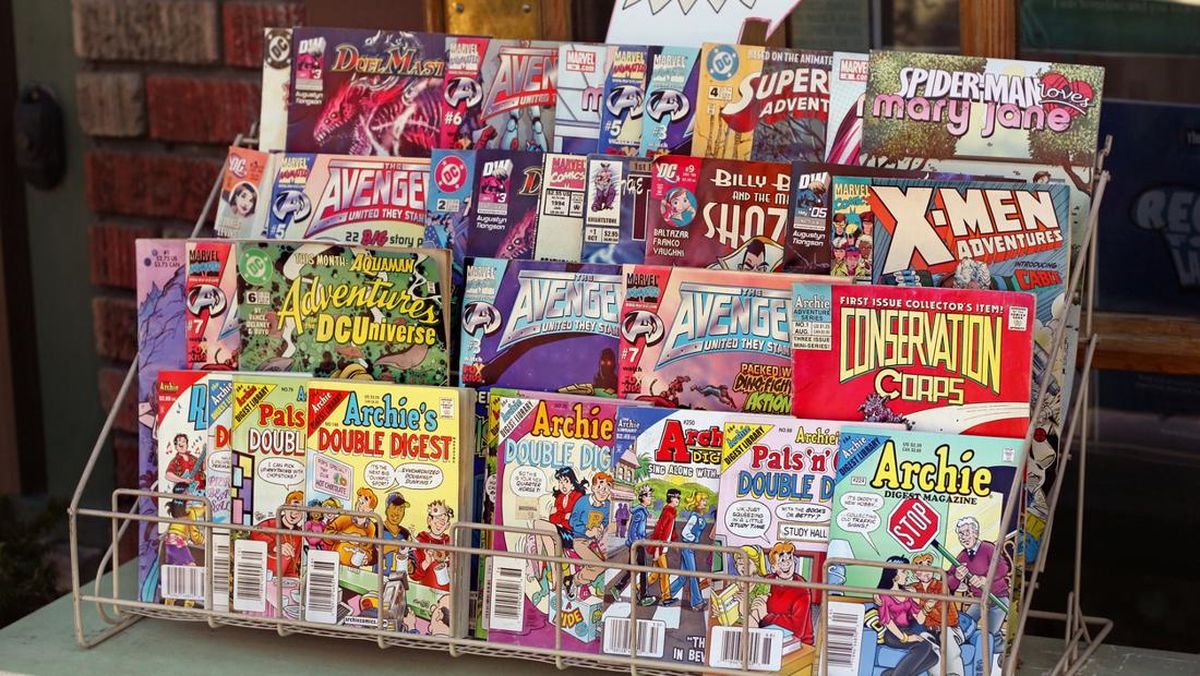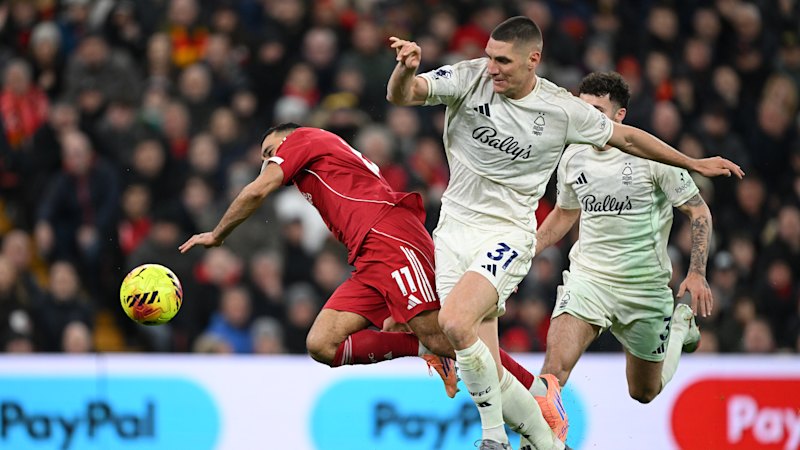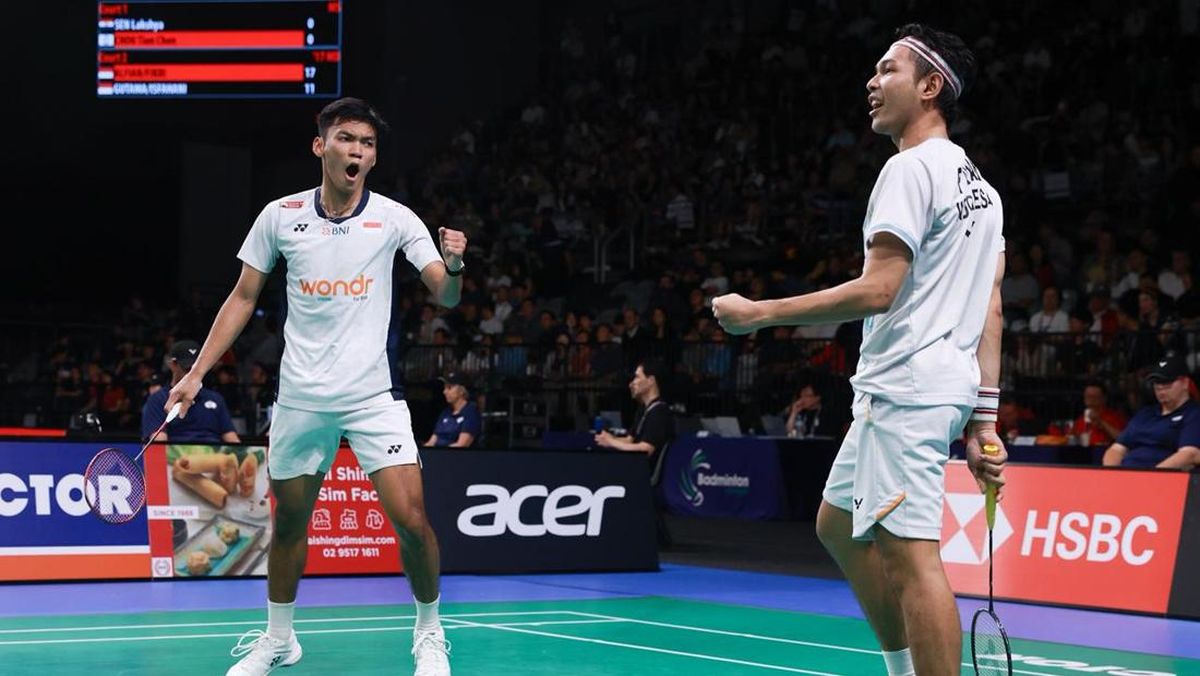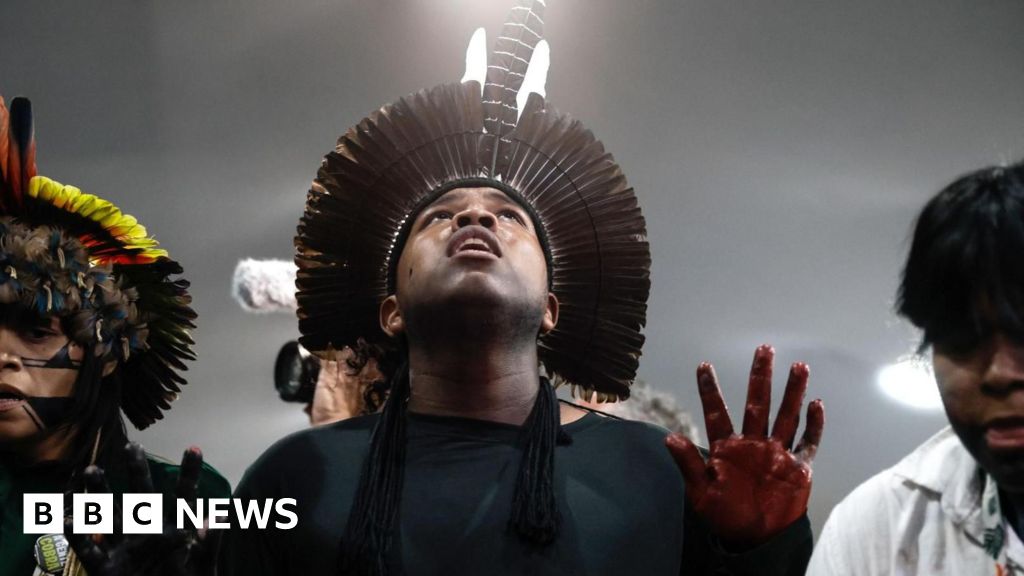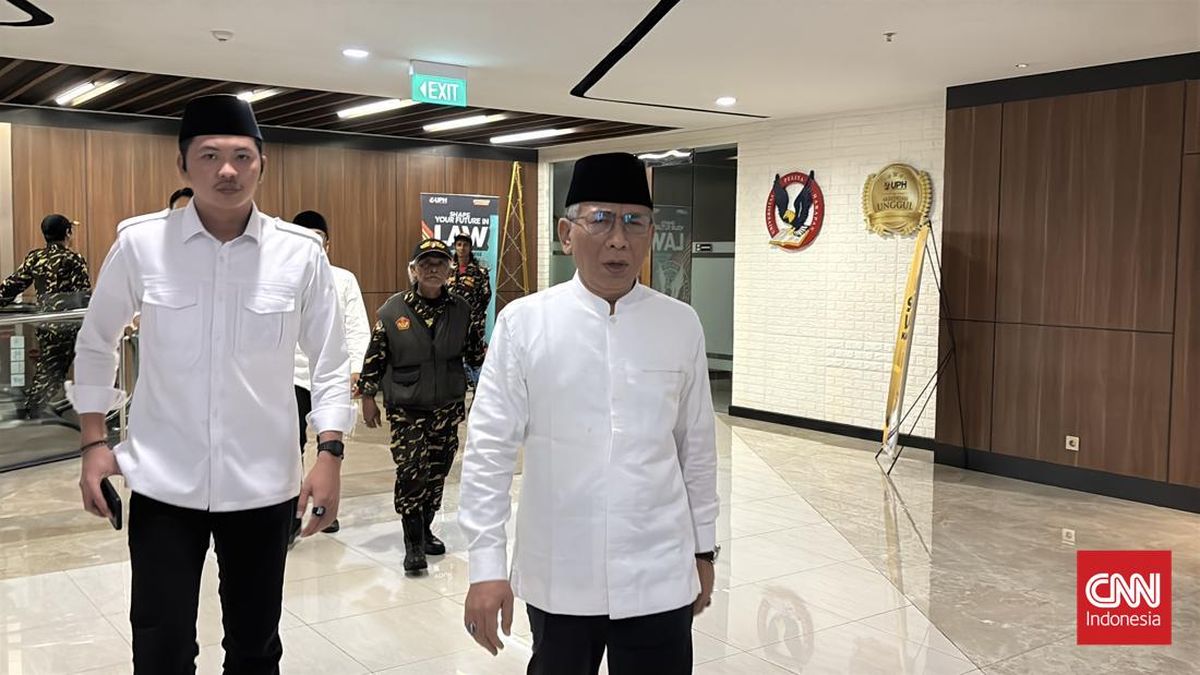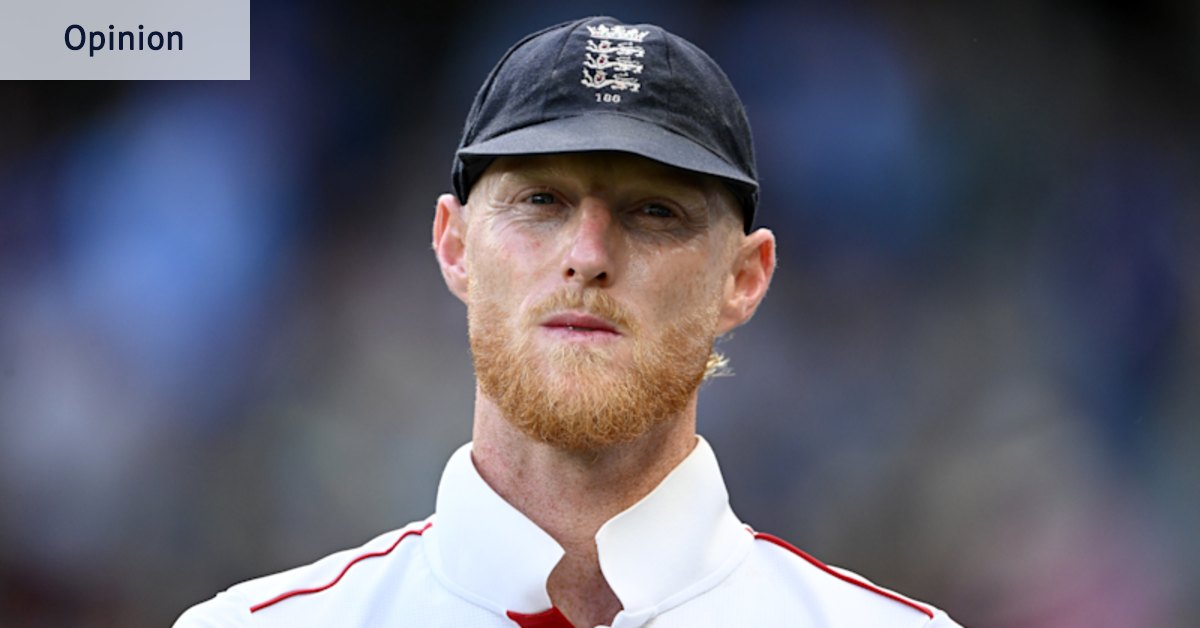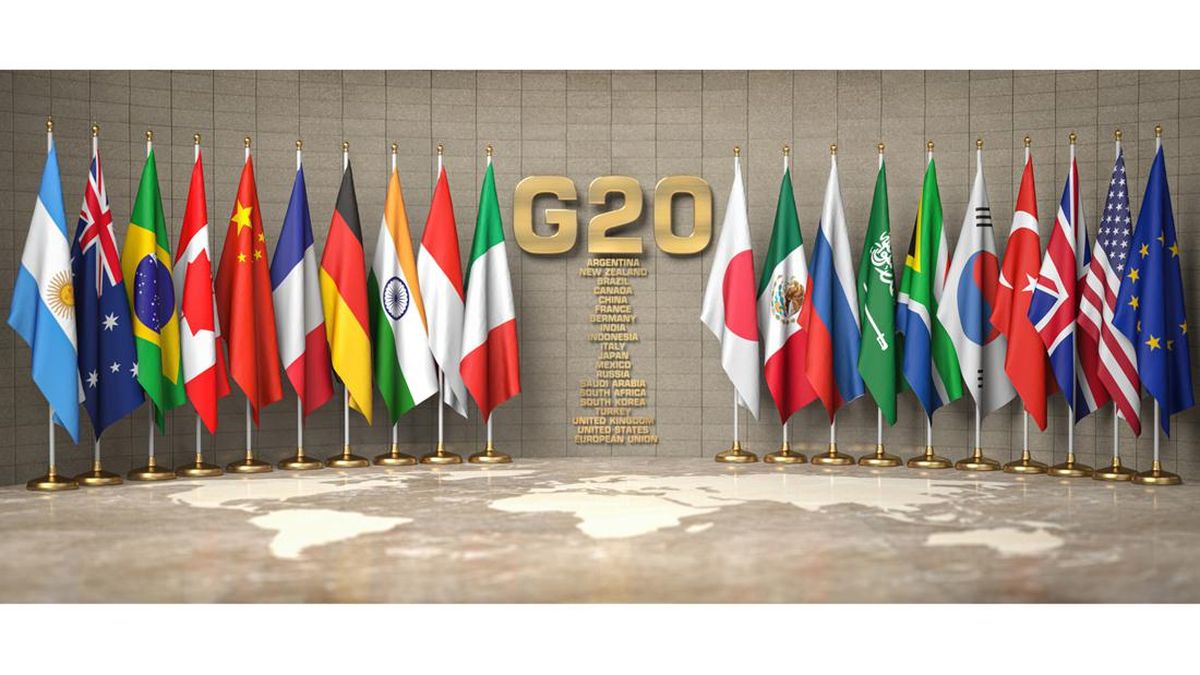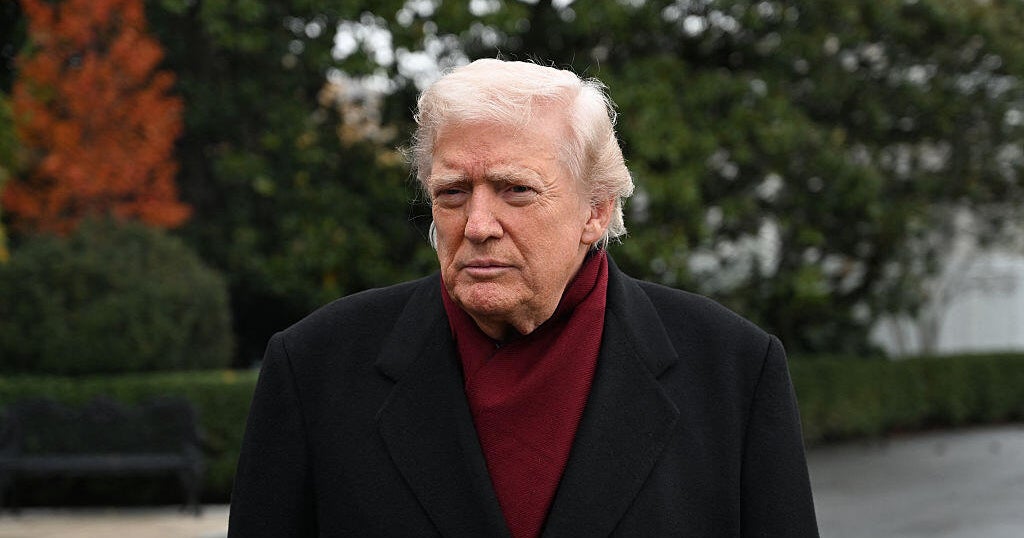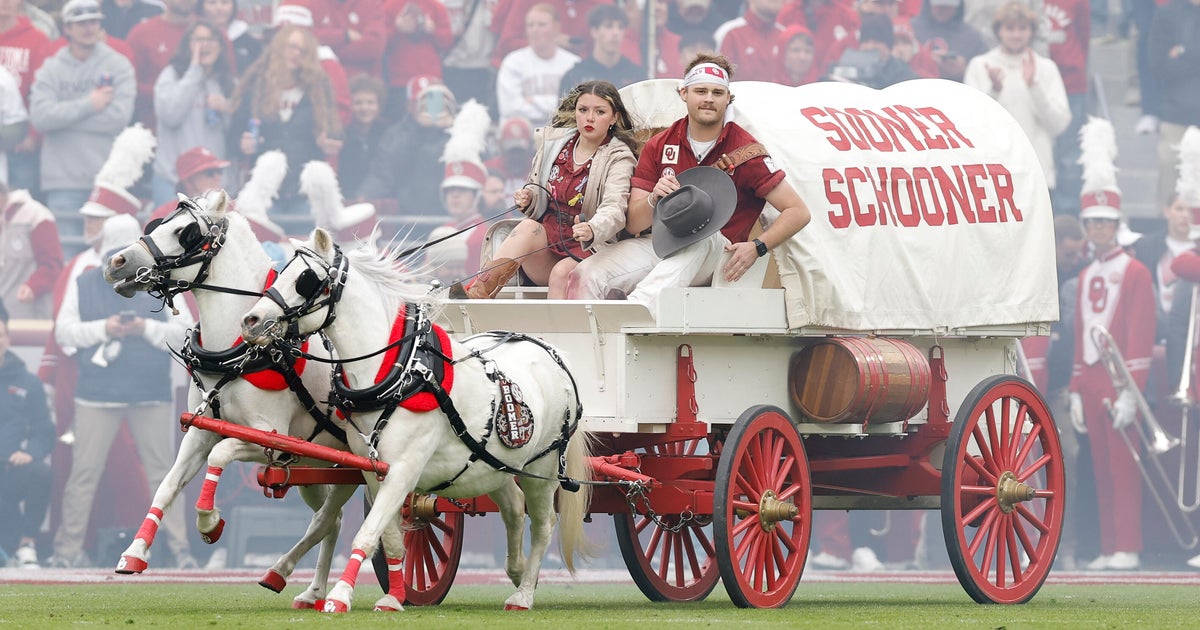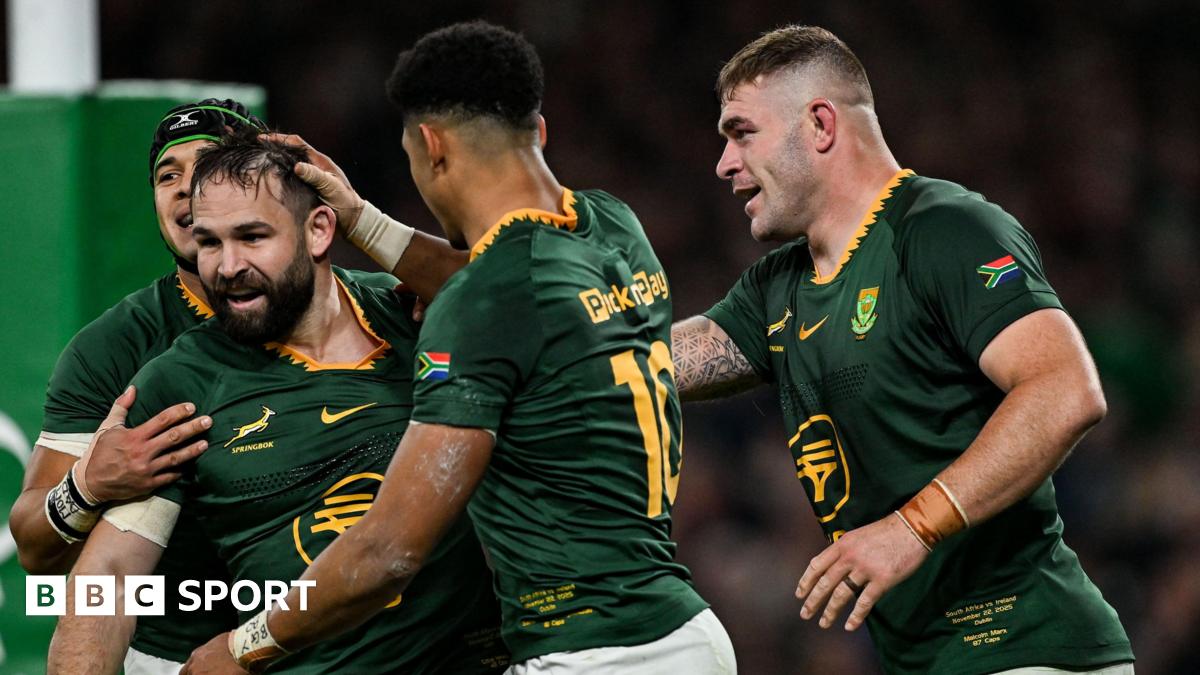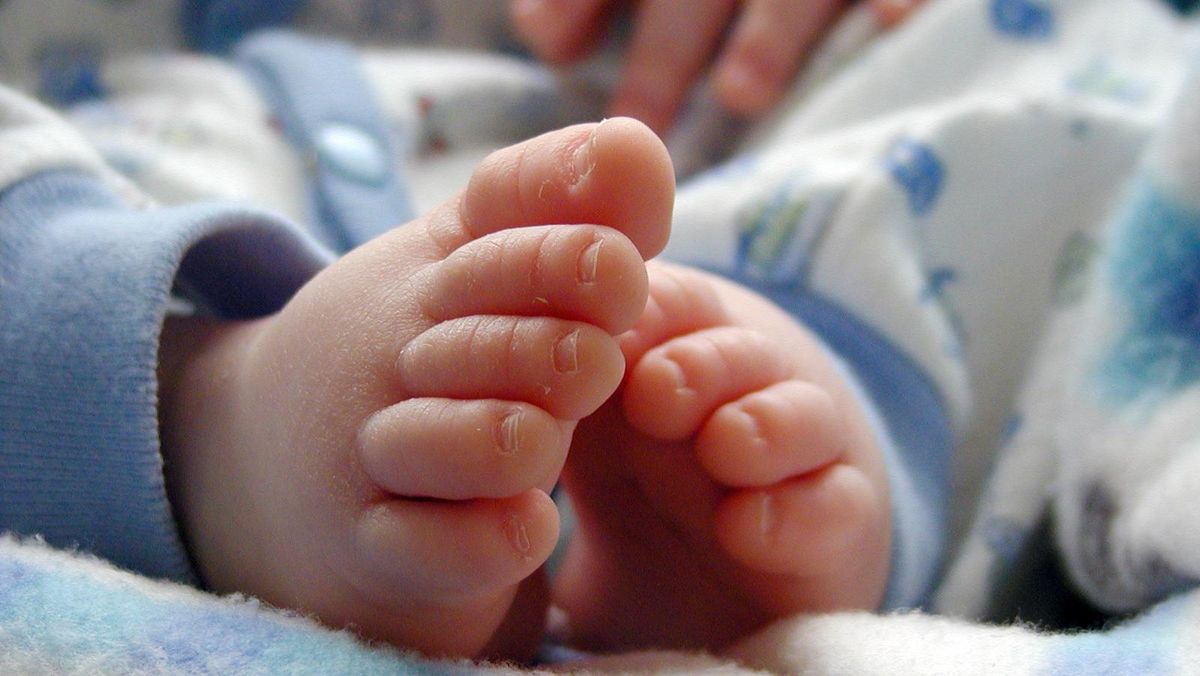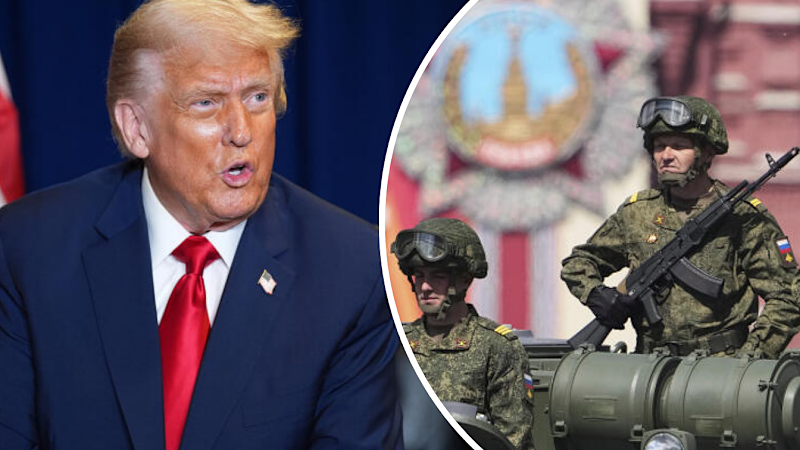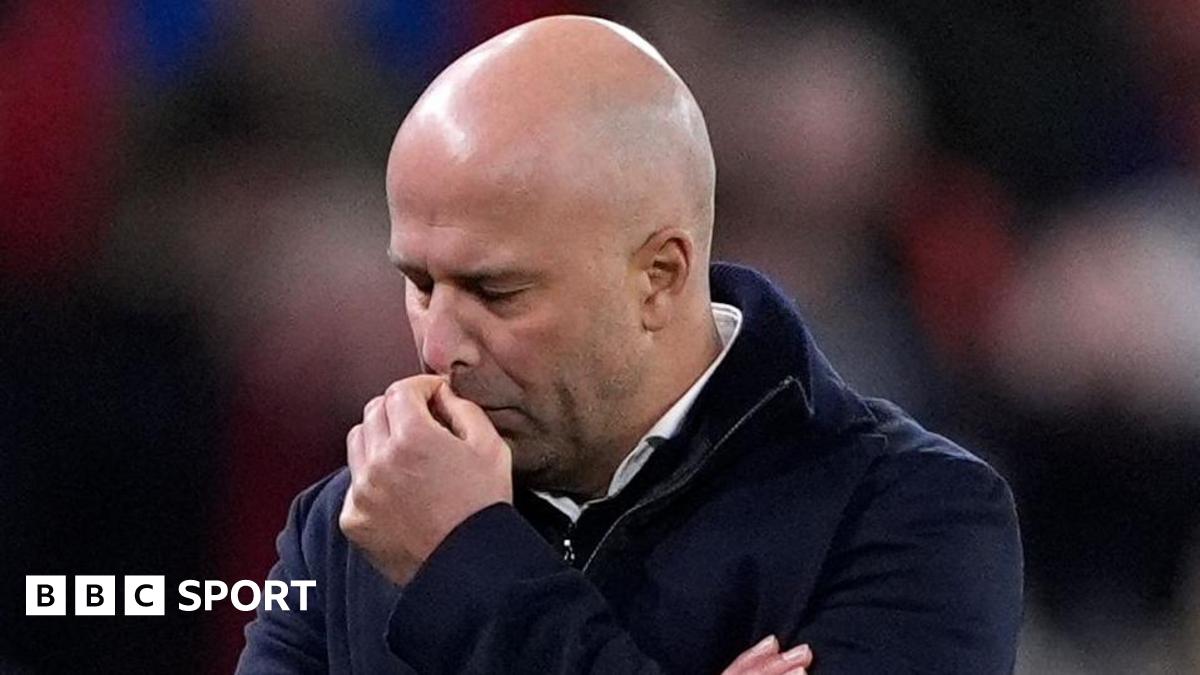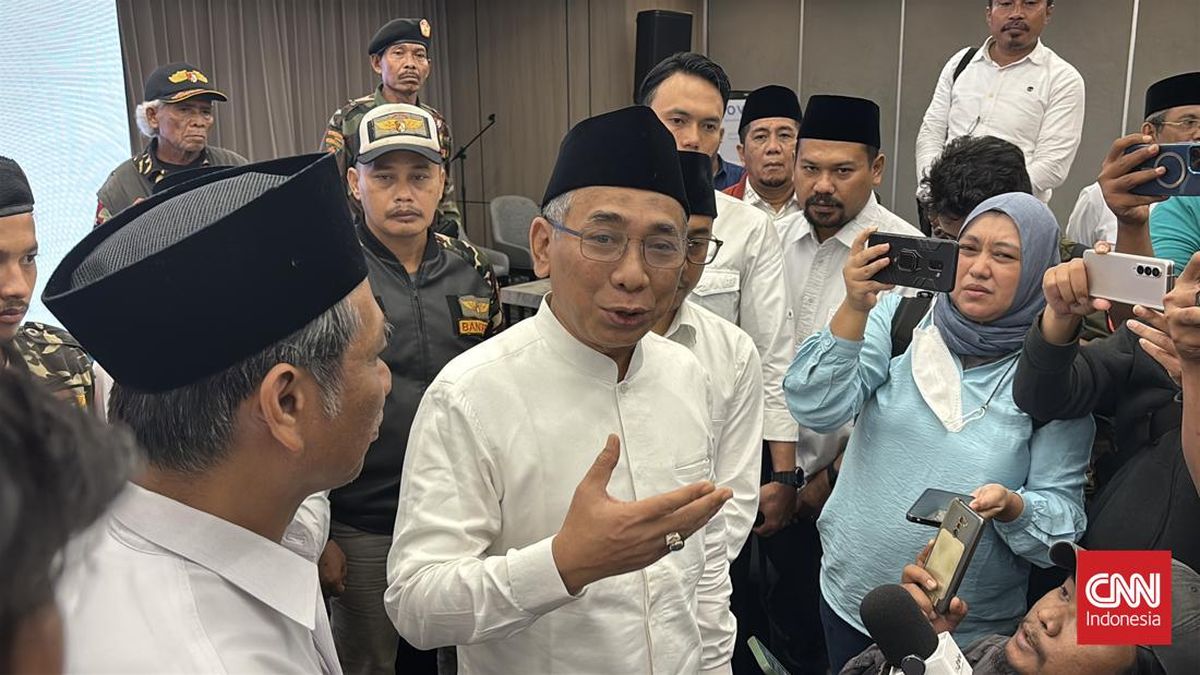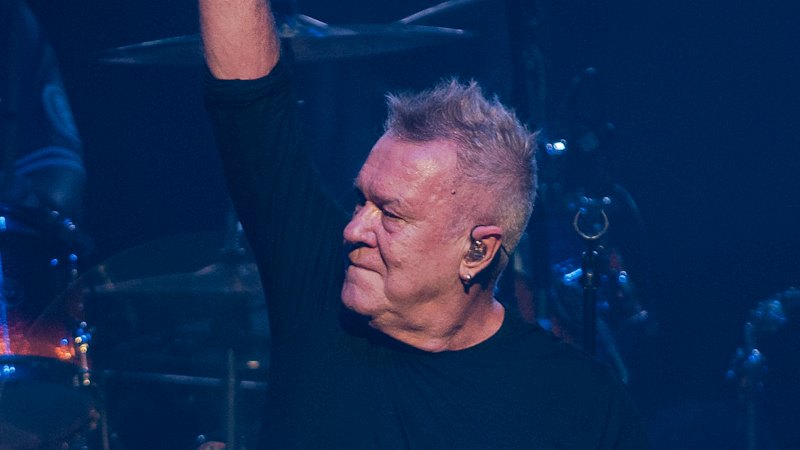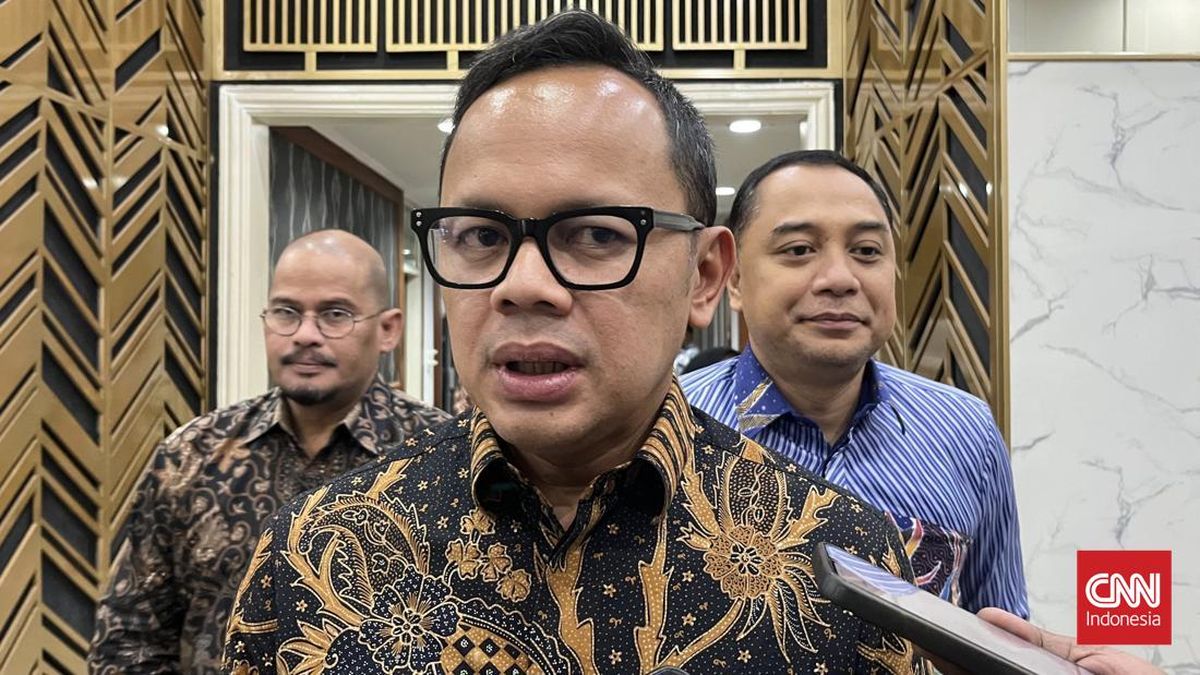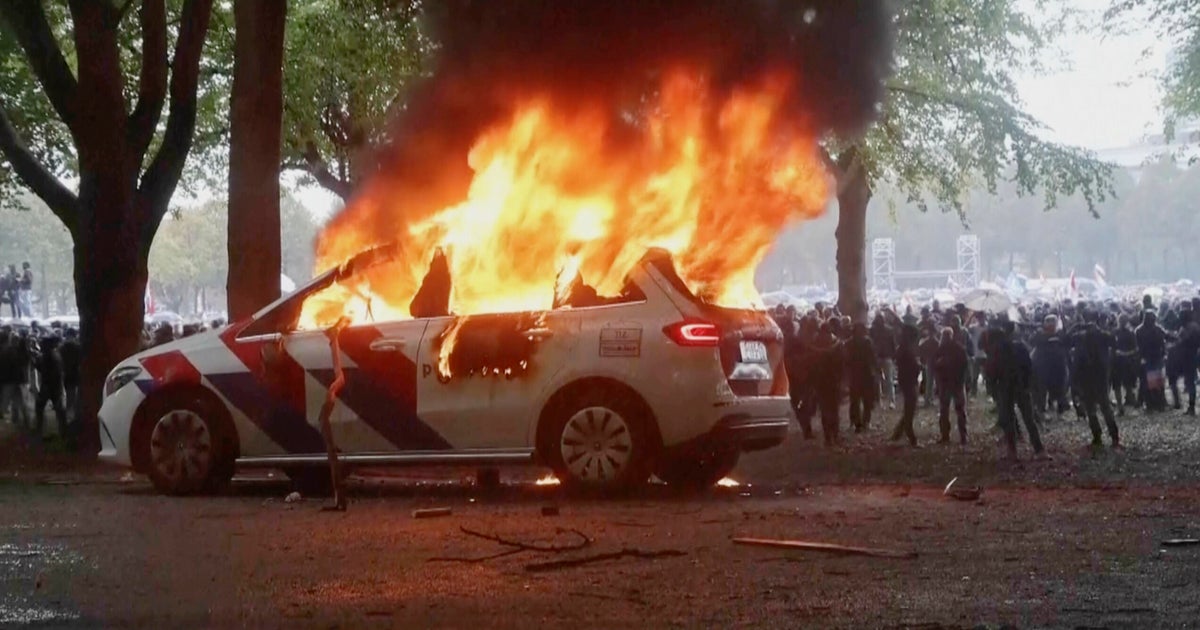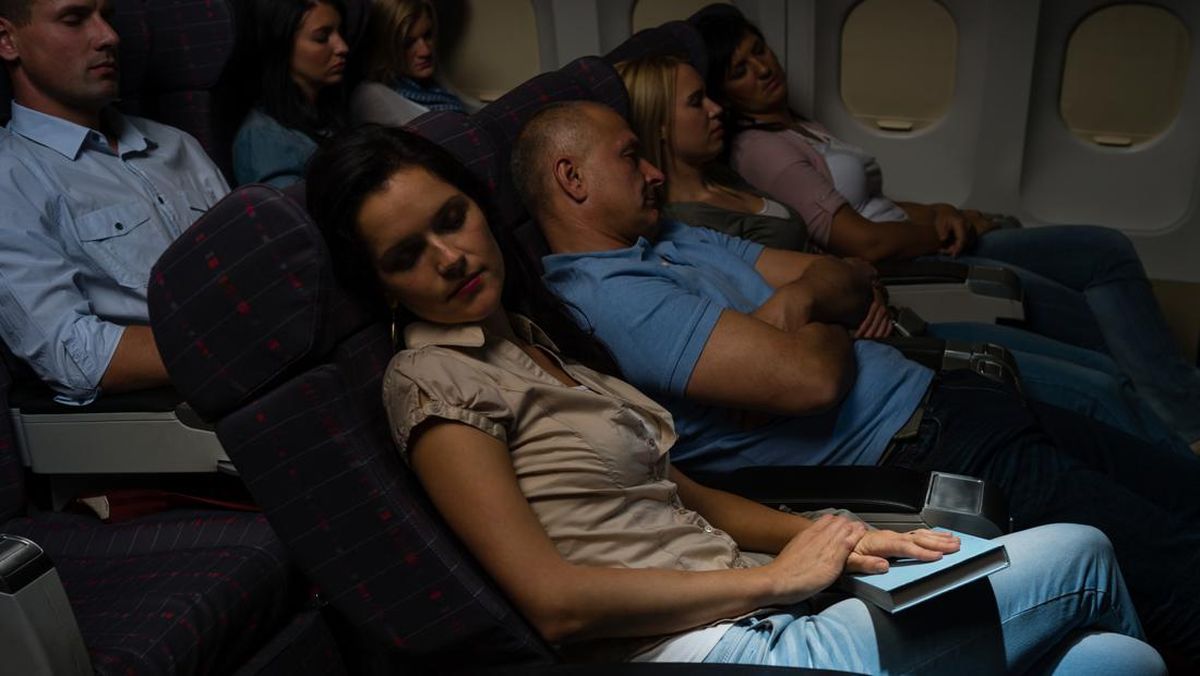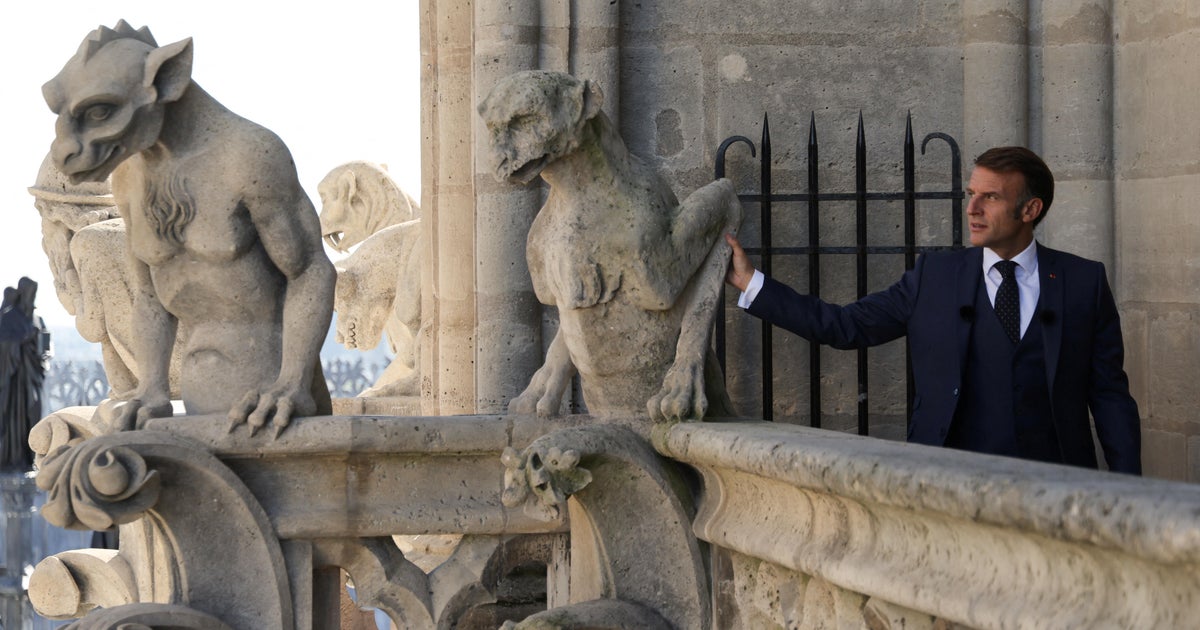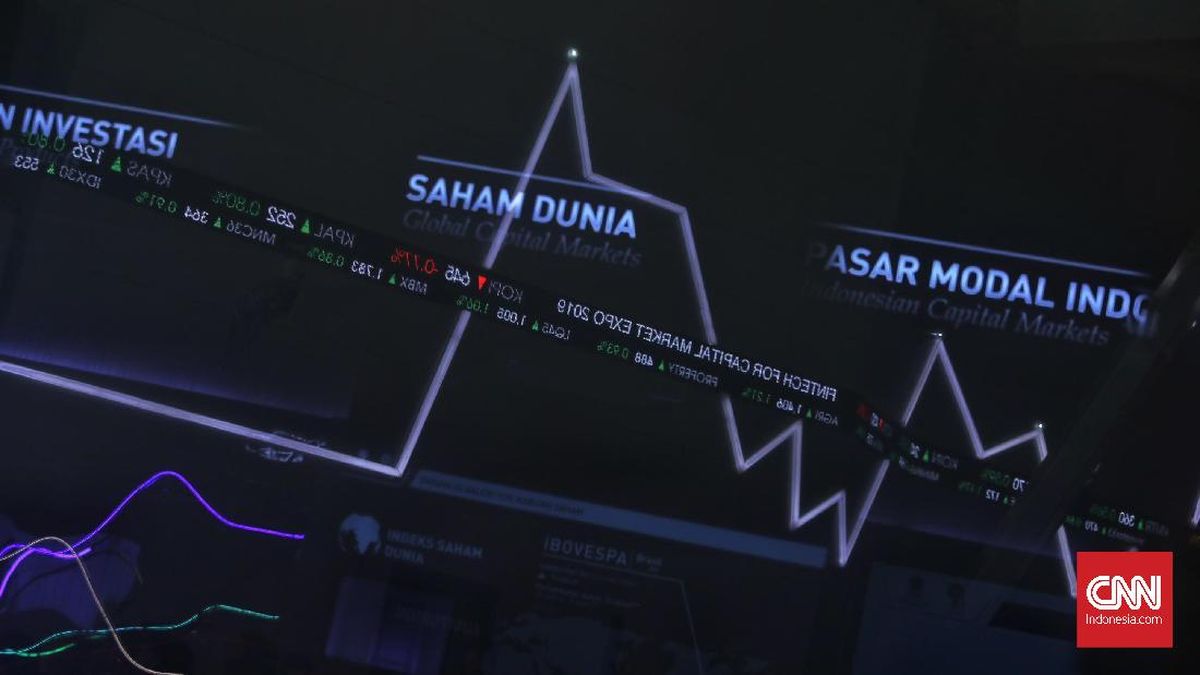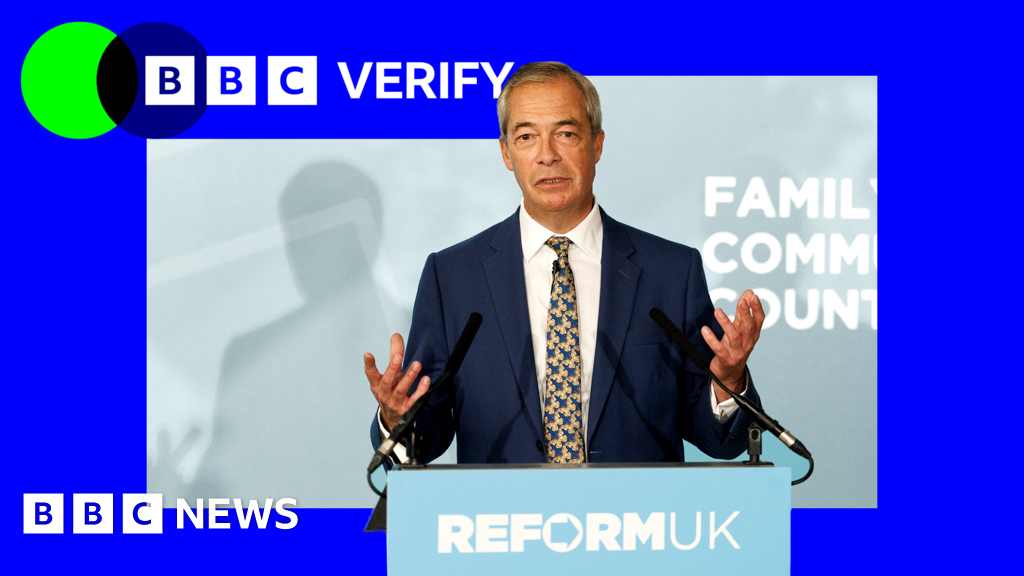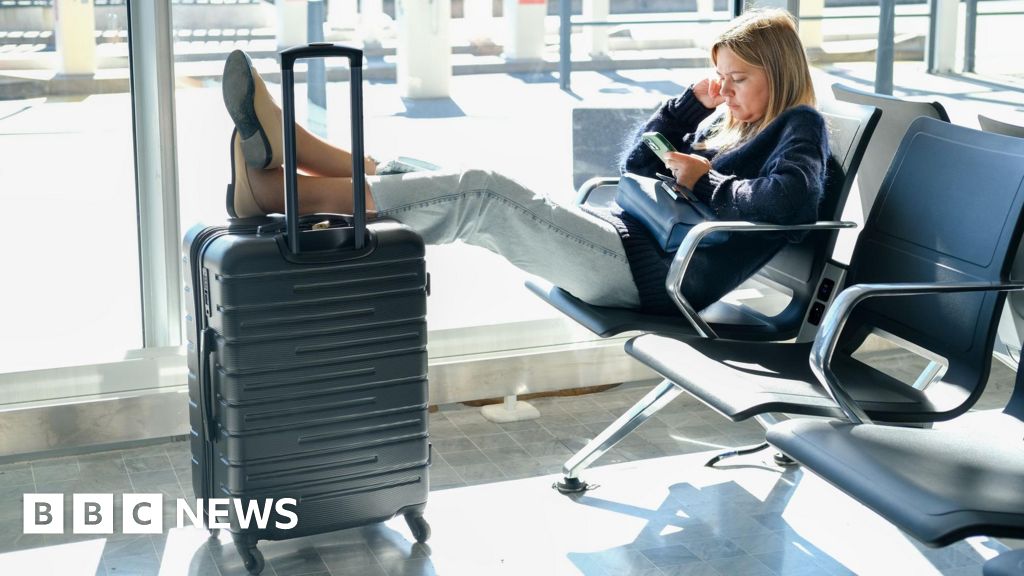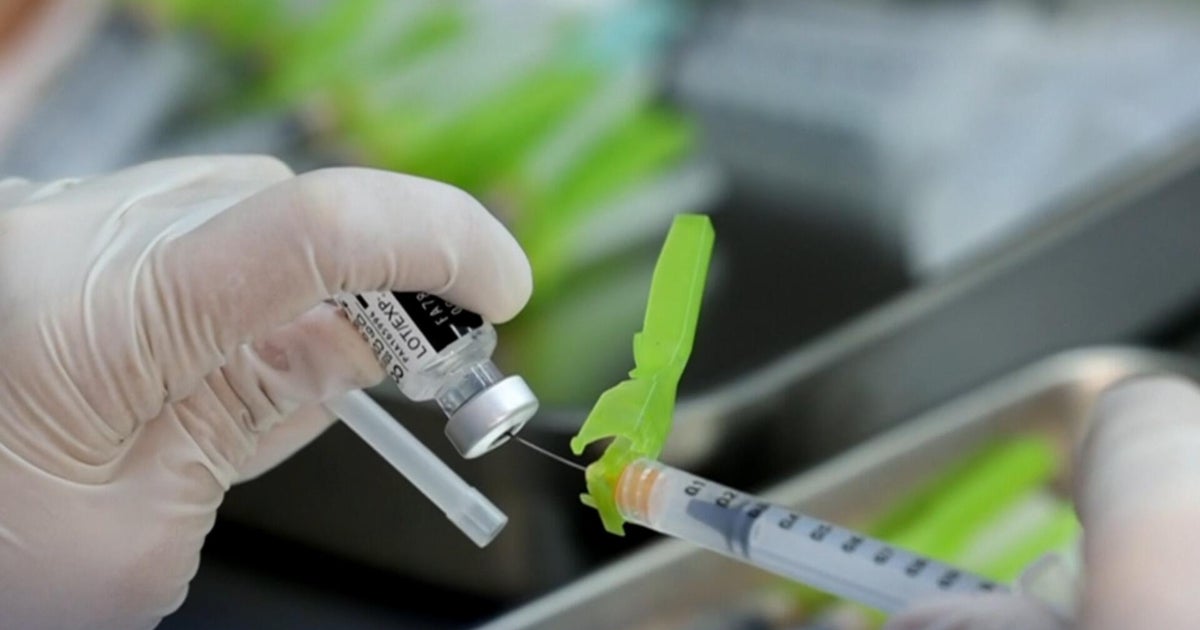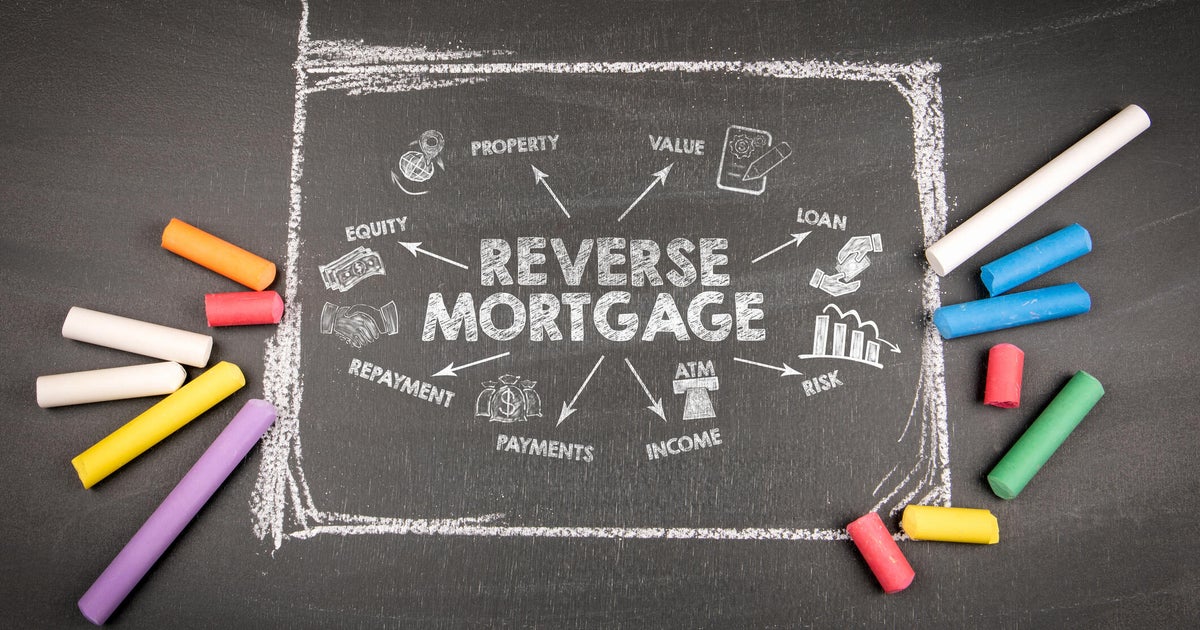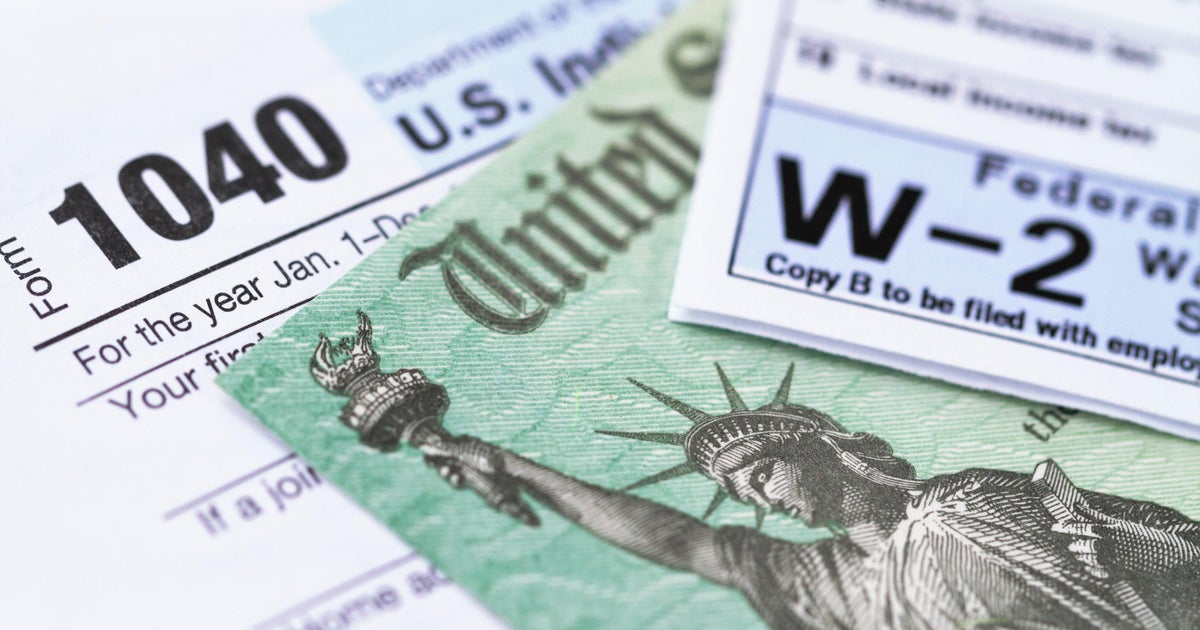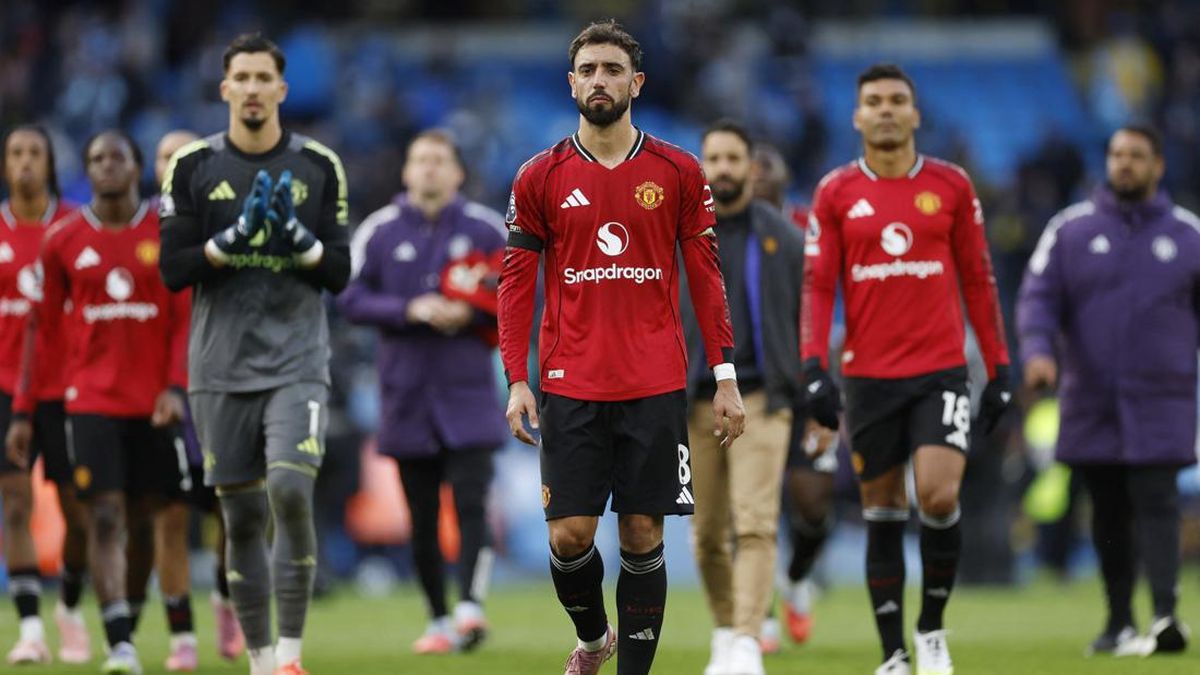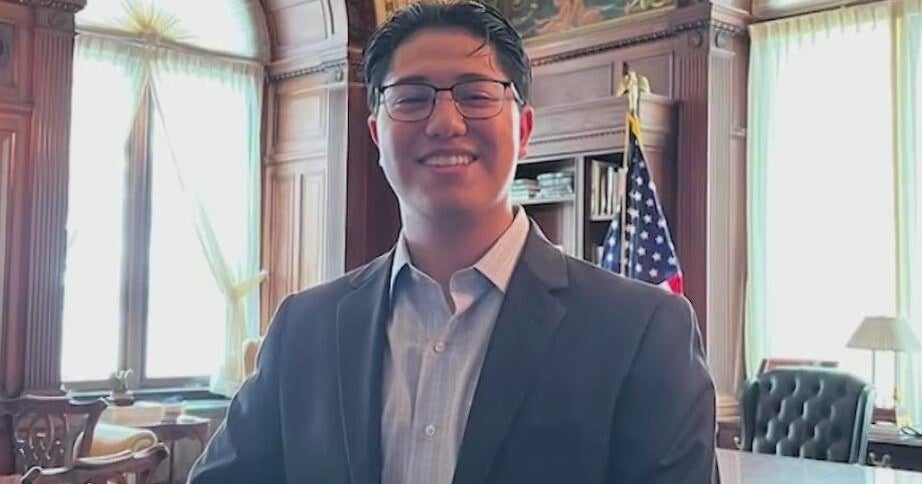London: Donald Trump has made some big claims over the past few days – on trade, the Epstein scandal, global conflict and more – but his tough talk could be drowned out by his dubious play on the golf course.
A video of the American president near a sand trap on a Scottish fairway shows one of his caddies dropping a golf ball onto the grass in a convenient location for Trump to seemingly play his next shot.
The move seemed to spare Trump from the harder work of getting his ball out of the bunker and onto the green. The caddy leaned down, dropped the ball behind him and walked on as if nothing had happened. Trump was able to climb out of his golf buggy and prepare to play a more favourable shot.
Presidents cheat at golf. Bill Clinton was famous for it. But the video spread at the very moment Trump was engaged in big talk that raised a big question: can anyone rely on anything he says?
A few days ago, Trump claimed his trade deal with Japan included a $US550 billion ($843 billion) investment fund to spend on American assets under his direction, but the Japanese later described it as an ambition rather than a binding promise.
On Sunday, he announced a $US600 billion investment from Europe under a trade deal with the European Union, but EU officials admitted they could not direct companies to spend the money. It is highly likely they are rebadging funds that would be invested anyway.
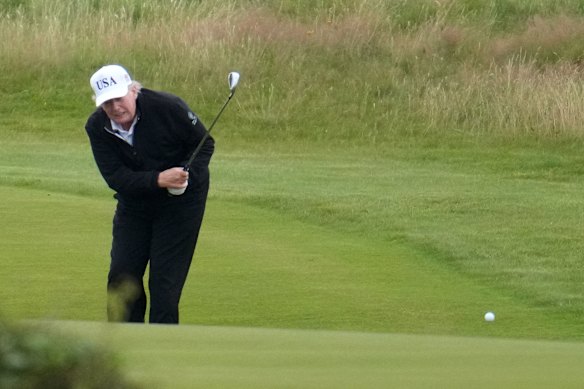
Donald Trump plays a round of golf at Turnberry on Sunday.Credit: Getty Images
Then, on Monday, he said he wanted most countries to incur tariffs in the range of 15 to 20 per cent on their exports to America. This is in line with the Japanese and EU outcomes, which both applied a 15 per cent tariff on most of the products they ship to the US. But it is out of line with the rates he has imposed elsewhere – like 35 per cent on Canada, 30 per cent on Mexico and 50 per cent on Brazil.
What does this mean for Australia? The signal is that it may incur tariffs of 15 to 20 per cent. Right now, Australian exports are subject to a baseline rate of 10 per cent, but the final rate is meant to be set by this Friday.
Trump had a recent win with Australia when federal officials chose to allow US beef into the Australian market. The government says, unconvincingly, this was coincidental and based on quarantine advice. There is an obvious hope that it will act as a sweetener to avert higher Trump tariffs.
The assumption is that Trump’s signal has a lasting meaning. In fact, his remarks one day can be forgotten the next. The Financial Times captured the dynamic in a headline on Monday: “Donald Trump’s hard tariff deadline dissolves into whirl of endless confusion.”
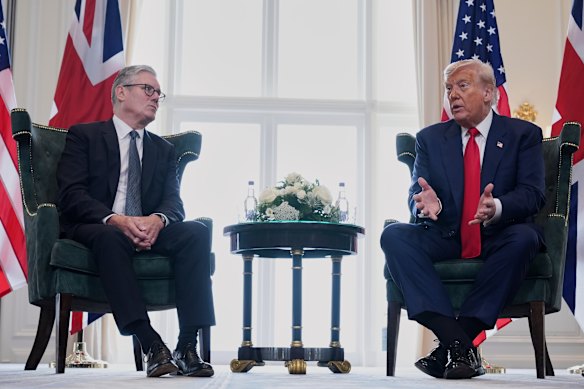
British Prime Minister Keir Starmer and US President Donald Trump at Trump’s gold course in Turnberry, Scotland.Credit: AP
The United Kingdom, meanwhile, is hoping for a tariff rate of 10 per cent. Trump said on Monday, while sitting alongside British Prime Minister Sir Keir Starmer, that he was “going to look at” a blanket 10 per cent tariff on UK exports. But he said this from the same chair where he outlined his plans for 15 to 20 per cent tariffs.
Australia is certainly heading for tariffs from 10 to 20 per cent. The temptation will be to amplify every investment in the US, as Japan and the EU did, to convince the president he has won an incredible deal. But there is no escaping the tariffs because Trump and his advisers have a stated goal of generating federal revenue from these taxes on imports.
The deeper truth is that the world is not buying enough of what America makes, and the only answer from Trump is to tilt the playing field so US manufacturers are shielded by tariffs on their foreign competitors.
American consumers will pay higher prices, and American industry is unlikely to thrive. It is the policy of a Peronist – Argentina tried import substitution under Juan Peron, and it failed.
The big claims kept coming in Scotland on Monday, when Trump spoke for about an hour to the media while Starmer made some additional remarks.
For instance, Trump wants Israel to help deliver food to Palestinians in Gaza. This new call may get results, but it raises an obvious question about whether Trump was applying any pressure in recent months. Is he just going through the motions?
On Ukraine, the US president also talks tough. He has just changed the terms of the deal he wanted with Russian President Vladimir Putin: a peace deal within 12 days, rather than the 50-day deadline he set two weeks ago.
In theory, the new deadline for peace in Ukraine is August 9. The old one was September 2. Trump has woken up to reality: Putin has used the generous deadline over the past few weeks to increase the missile and drone attacks and press the army to gain territory.
Loading
Trump’s deadline was no help to Ukrainian civilians. He tends to betray public indecision with his big talk, while sending conflicting signals to Putin. A former president, Theodore Roosevelt, advised leaders to speak softly and carry a big stick. Trump usually does the opposite.
As theatre, the president’s appearance on Monday combined news and entertainment in his trademark way. But it ended with the usual questions about whether his talk was just talk. His latest tariff deals are a mess of questions and confusion. His signals on Gaza and Ukraine keep changing. No deal looks certain.
Can the world trust Trump? Ask his golf caddy.
Most Viewed in World
Loading


